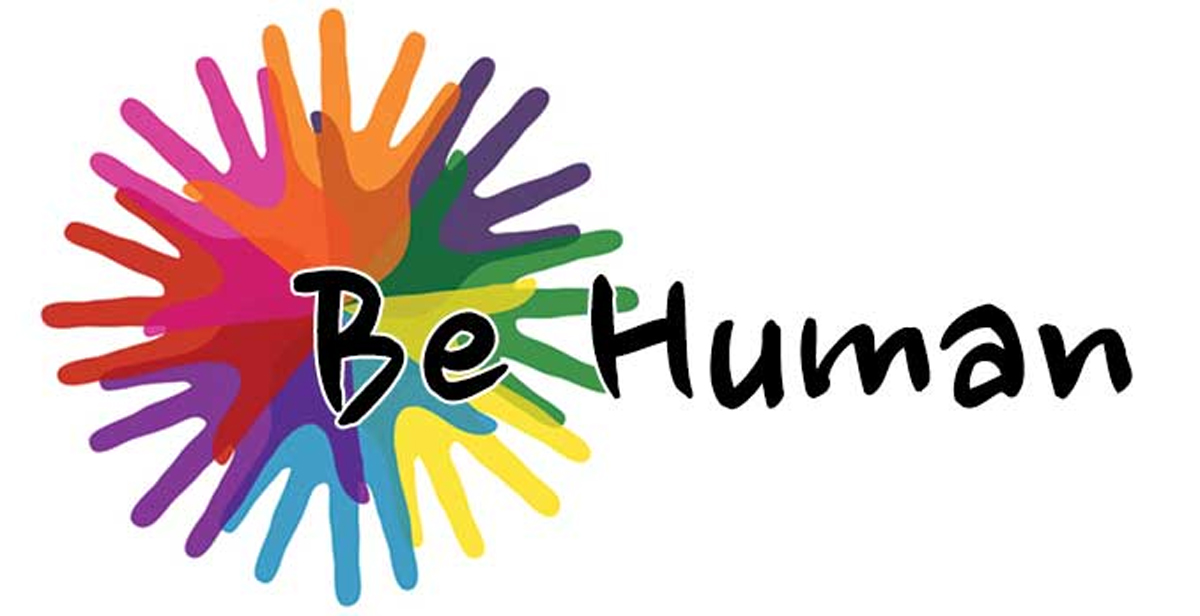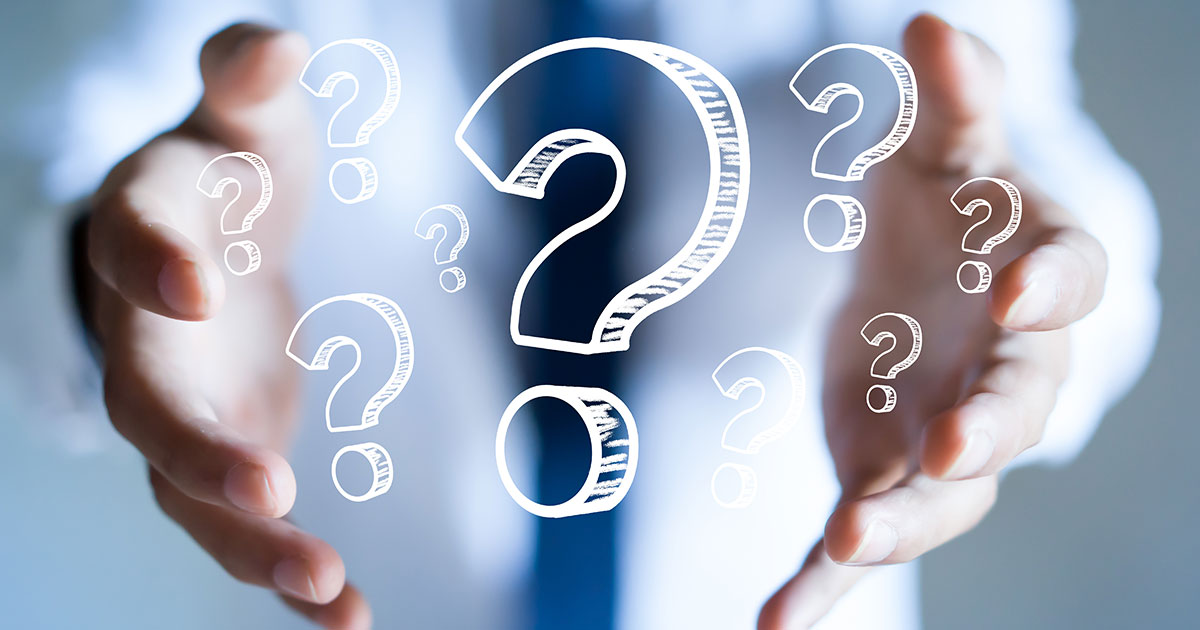 The other day a major gift officer asked me what the best way is to get a donor to tell him her passion and interests over the phone, because he was struggling with it. For some reason the major gift officer was having a hard time connecting to a donor when he couldn’t sit across the table from her and look her in the eye.
The other day a major gift officer asked me what the best way is to get a donor to tell him her passion and interests over the phone, because he was struggling with it. For some reason the major gift officer was having a hard time connecting to a donor when he couldn’t sit across the table from her and look her in the eye.
It was interesting because, just about 30 minutes before I was asked this question, I was on the phone with someone I had never met who lived in the Dallas area. We immediately started asking each other how we were handling the crisis. In just minutes, we began talking about our grown children and how hard it was not being able to see them, what it was like working from home, and the anxiety of opening up our states too early.
We connected immediately. Why? Because we shared a common bond. We’re all experiencing this pandemic together, and it allowed us to be vulnerable with each other even though we’d never talked before in our lives.
What I told the major gift officer is that right now, all of us are sharing a common, tragic experience – and it presents him with an opportunity to connect with someone in a real way that normally isn’t present.
This is why Richard and I are hearing stories from mid, major and planned giving officers who are sharing with us that they are connecting with donors in a way they had never done before. I mean, this pandemic is like the elephant in the room we all have to talk about.
But how you talk about the pandemic with a donor is important to help turn that conversation into a meaningful one. The way for that to happen is if you can first be vulnerable with your donor.
Now, some might say, “But Jeff, I don’t want to reveal too much about myself because I’m not trying to be the donor’s friend. It’s about the organization, not me.”
While it’s true that your goal is to connect the donor to your mission and not to you as an individual, you also need to show your donor your humanity. Showing your humanity means you allow yourself to be appropriately vulnerable with a donor.
For example, in my conversation with the person on the phone from Dallas, I didn’t talk about my anxiety and fear, how I wasn’t sleeping well, and how I’ve been grumpy with my wife (which would have been too personal) – but I did talk about my sadness of not being able to see my kids. That then allowed her to talk about her kids and how it was difficult not having them with her as well.
I was appropriate in my vulnerability. This allowed her to open up as well. The conversation then flowed naturally.
This is what you’ll find in reaching out to your donors. That’s why now is the time, when we all share this common crisis, to get to know your donors, to find out their passions and interests and understand why they’re inspired to give to your mission.
I believe that when we look back at this time in the years to come, you as major gift fundraiser will say this was the moment when you really connected with your donors. This was the time you took the donor relationship to a completely new level of trust. This is when you really started making those meaningful connections.
And you didn’t have to do it face to face, or sitting at a table during an event. It happened because you we able to be appropriately vulnerable and human in a time of crisis – and that made a lasting impact on your donor.
Jeff
Search Blog Posts







0 Comments